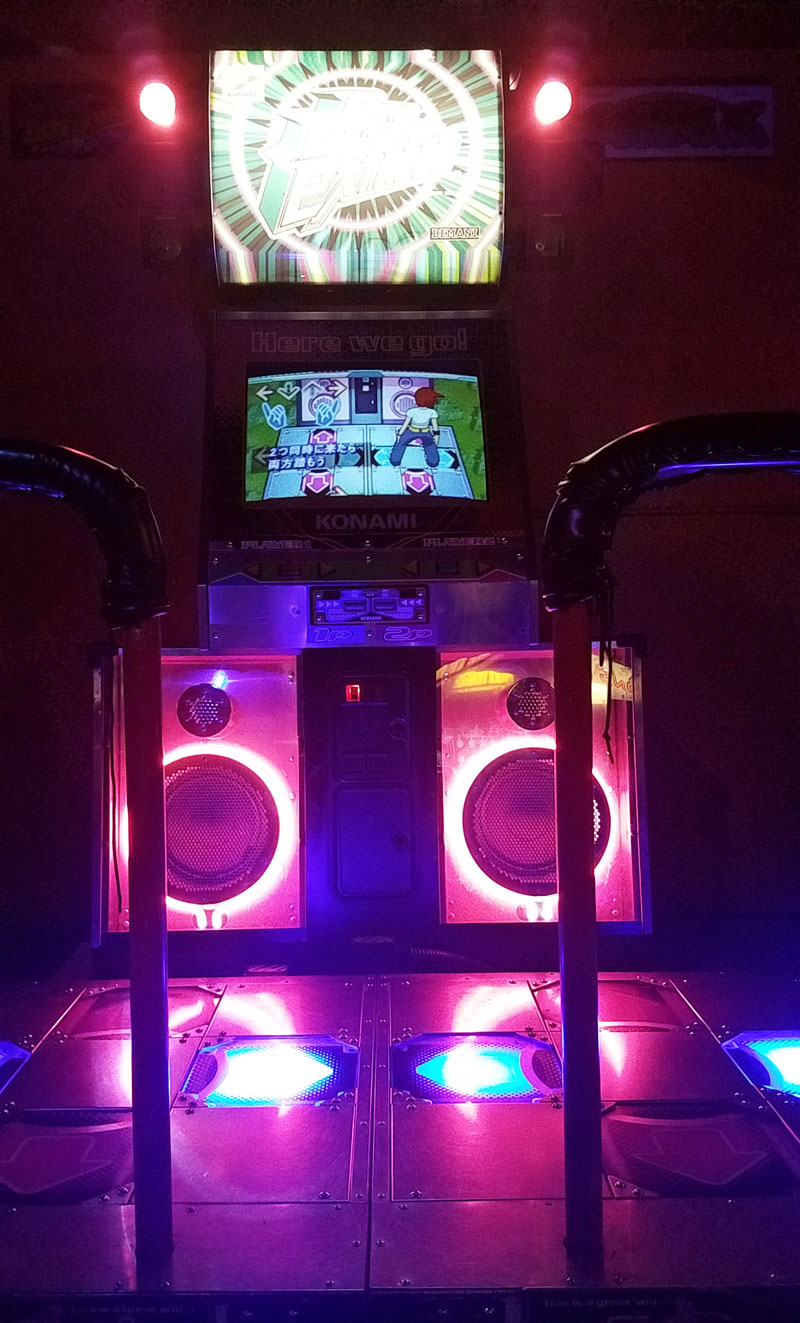

Pac-Man can eat blue ghosts for bonus points when a ghost is eaten, their eyes make their way back to the center box in the maze, where the ghost "regenerates" and resumes their normal activity. Placed at the four corners of the maze are large flashing "energizers" or "power pellets." Eating these will cause the ghosts to turn blue with a dizzied expression and to reverse direction. Each of the four ghosts has their own unique artificial intelligence (A.I.), or "personality": Blinky gives direct chase to Pac-Man Pinky and Inky try to position themselves in front of Pac-Man, usually by cornering him and Clyde will switch between chasing Pac-Man and fleeing from him.


If Pac-Man is caught by a ghost, he will lose a life the game ends when all lives are lost. In between levels are short cutscenes featuring Pac-Man and Blinky in humorous, comical situations. Levels are indicated by fruit icons at the bottom of the screen. When Pac-Man eats all of the dots, the player advances to the next level. The objective of the game is to eat all of the dots placed in the maze while avoiding four colored ghosts - Blinky (red), Pinky (pink), Inky (cyan), and Clyde (orange) - that pursue Pac-Man. Pac-Man is an action maze chase video game the player controls the eponymous character through an enclosed maze. To the bottom is the player's life count and the level icon (represented in this case by a cherry), to the top is the player's score. The four ghosts are in the center of the screen with Pac-Man situated underneath them. The franchise remains one of the highest-grossing and best-selling games, generating more than $14 billion in revenue (as of 2016 ) and 43 million units in sales combined, and has an enduring commercial and cultural legacy, commonly listed as one of the greatest video games of all time. The character of Pac-Man is now the mascot and flagship icon of Bandai Namco Entertainment. Pac-Man was a widespread critical and commercial success, leading to several sequels, merchandise, and two television series, as well as a hit single by Buckner & Garcia. The original Japanese title of Puck Man was derived from the titular character's hockey puck–like shape the title was changed for the North American release to mitigate vandalism. The in-game characters were made to be cute and colorful to appeal to younger players. Although the inspiration for the Pac-Man character was the image of a pizza with a slice removed, Iwatani has said he also rounded out the Japanese character for mouth, kuchi ( Japanese: 口). Iwatani wanted to create a game that could appeal to women as well as men, because most video games of the time had themes of war or sports. Game development began in early 1979, directed by Toru Iwatani with a nine-man team. Eating large flashing dots called "Power Pellets" causes the ghosts to temporarily turn blue, allowing Pac-Man to eat them for bonus points.

The player controls Pac-Man, who must eat all the dots inside an enclosed maze while avoiding four colored ghosts. In North America, the game was released by Midway Manufacturing as part of its licensing agreement with Namco America. Pac-Man, originally called Puck Man in Japan, is a 1980 maze action video game developed and released by Namco for arcades. Its intention is to preserve gaming history by preventing vintage games from being lost or forgotten.Single-player, multiplayer (alternating turns)
Pac man machine software#
In software on modern personal computers and other platforms. This emulation is powered by MAME (Multiple Arcade Machine Emulator) project, an open-source emulator designed to recreate the hardware of arcade game systems More complex graphics and sound than what was then possible on video game consoles or personal computers, which is no longer the case in the 2010s. This allowed arcade system boards to produce Highly specialized sound and graphics chips, and the latest in expensive computer graphics display technology. In the past, coin-operated arcade video games generally used custom per-game hardware often with multiple CPUs, Integrated circuits and cathode-ray tube screens. Virtually all modern arcade games (other than the very traditional Midway-type games at county fairs) make extensive use of solid state electronics, While exact dates are debated, the golden age of arcade video games is usually definedĪs a period beginning sometime in the late 1970s and ending sometime in the mid-1980s. Pinball machines, electro-mechanical games, redemption games or merchandisers. Online emulated version of Pac-Man was originally developed as arcade game or coin-op game,Ī coin-operated entertainment machine typically installed in public businesses such as restaurants, bars and amusement arcades.


 0 kommentar(er)
0 kommentar(er)
